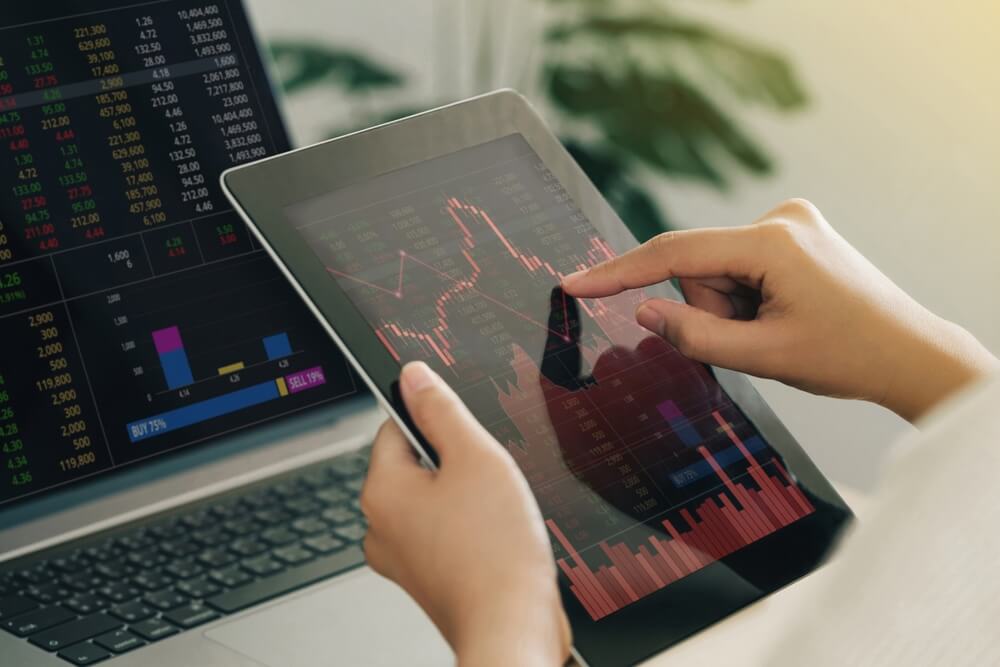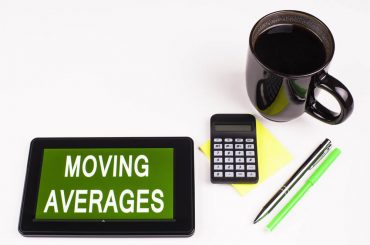Risk management is the cornerstone of long-term success. While profits attract most of the attention, what separates seasoned traders from beginners is their ability to handle losses. One of the most crucial metrics in evaluating risk is drawdown. This concept doesn’t just measure how much you’ve lost during a trading period, it reflects the resilience of your strategy and the sustainability of your capital.
In this article, we’ll explore what drawdown is, how it works, why it’s essential, and how to manage it effectively.
What is Drawdown?
Drawdown is a measure of decline in the value of an investment or trading account from its peak to its subsequent trough before a new peak is achieved. It is usually expressed as a percentage and serves as an indicator of the risk involved in a strategy.
Types of Drawdown
Not all drawdowns are created equal. Traders and investors use several variations of this metric to evaluate performance:
- Absolute drawdown. The difference between your initial deposit and the lowest point below that deposit. It shows how much capital you’ve risked from the start.
- Maximum drawdown. The largest observed loss from a peak to a trough before reaching a new peak. This is often used as a benchmark for risk.
- Relative drawdown. Measures the percentage decline relative to the peak value. This is useful for comparing strategies across different account sizes.
Each type gives insight into different risk factors and helps traders refine their strategies.

Why Drawdown Matters in Trading
A profitable system can still be risky if it experiences large drawdowns. For instance, a strategy that doubles your money but incurs a 60% drawdown could be financially and psychologically devastating. Here’s why this metric is so critical:
- Capital preservation. Large drawdowns require exponentially higher gains to recover. A 50% loss needs a 100% gain to break even.
- Psychological impact. Sustained losses often lead traders to abandon strategies or make impulsive decisions, compounding the problem.
- Risk assessment. Investors and fund managers use maximum drawdown to judge whether a strategy aligns with their risk tolerance.
How to Calculate and Monitor Drawdown
Monitoring drawdown isn’t just for portfolio managers, it’s essential for individual traders too. Many trading platforms provide built-in metrics, but you can calculate it manually by tracking account highs and lows over time. Regular monitoring helps you stay within acceptable risk limits and identify when a strategy might be failing.

Practical Ways to Reduce Drawdown
Reducing drawdown is all about balancing risk and reward. Here are two key areas to focus on:
Risk Management Techniques
Position sizing is one of the most fundamental principles for controlling drawdown and managing risk effectively. A common rule followed by professional traders is to limit the risk on any single trade to a small percentage of the overall account balance, typically around 1–2%.
This approach ensures that even a series of losing trades does not deplete a significant portion of capital, allowing the trader to stay in the game and recover when market conditions turn favorable. For example, if you have a $10,000 account and you risk only 1% per trade, your maximum loss on a single trade would be $100. This controlled exposure helps maintain stability and reduces emotional stress during volatile periods.

Another critical aspect of drawdown control is the use of stop-loss orders. These are predefined exit points that automatically close a position when the market moves against you beyond a certain threshold. Stop-losses act as a safety net, preventing catastrophic losses that could otherwise wipe out a significant chunk of capital in a single move.
Rather than relying on manual exits, which can be influenced by fear or hope, automated stop-loss mechanisms enforce discipline and consistency. They also allow traders to plan trades with a clear risk-to-reward ratio in advance, ensuring that potential profits justify the risks taken.
Diversification is equally important for reducing the impact of drawdowns. Concentrating all capital on a single asset or strategy can amplify losses when conditions turn unfavorable. By spreading exposure across multiple instruments, sectors, or even different trading strategies, traders can mitigate correlated risks.

For example, holding positions in both equities and commodities can balance portfolio performance because these markets often react differently to economic events. Similarly, combining trend-following strategies with mean-reversion techniques creates a more resilient approach, as these methods typically perform well under different market conditions.
Together, these practices, controlled position sizing, disciplined stop-loss implementation, and strategic diversification, create a robust framework for minimizing drawdowns while preserving long-term profitability. Traders who consistently apply these methods are better equipped to handle inevitable losing streaks without jeopardizing their overall objectives.
Strategy Optimization
Backtesting is an essential step in understanding how a trading strategy might perform under different market conditions. By testing your approach on historical data, you can identify strengths, weaknesses, and potential risks before committing real capital. This process helps traders refine their strategies and gain confidence in their methods.

Controlling leverage is another critical factor in managing risk. While leverage can increase potential profits, it also magnifies losses, sometimes leading to account blowouts in extreme cases. Using conservative leverage or avoiding it altogether ensures that trades remain within manageable risk levels, protecting your account from large, sudden drawdowns.
Finally, regularly reviewing your trading performance is key to long-term success. Markets are constantly changing, and strategies that work well in one environment may underperform in another. Continuous monitoring allows traders to adapt, make necessary adjustments, and maintain consistency over time.
Drawdown is not just a number, it’s a reflection of your strategy’s health and your ability to manage risk. While losses are inevitable in trading, keeping drawdowns within acceptable limits separates disciplined traders from gamblers. By understanding what drawdown is, monitoring it consistently, and applying sound risk management techniques, you can build a resilient trading approach that stands the test of time.





